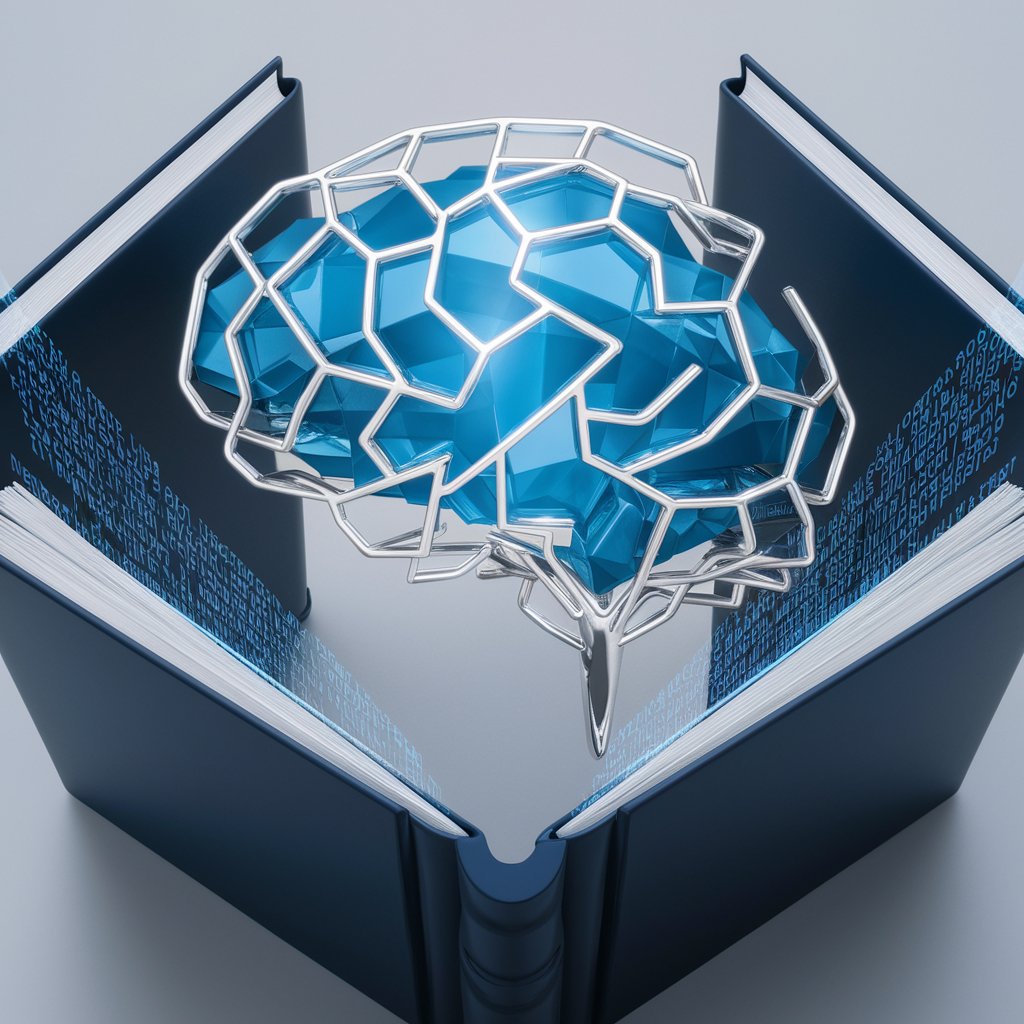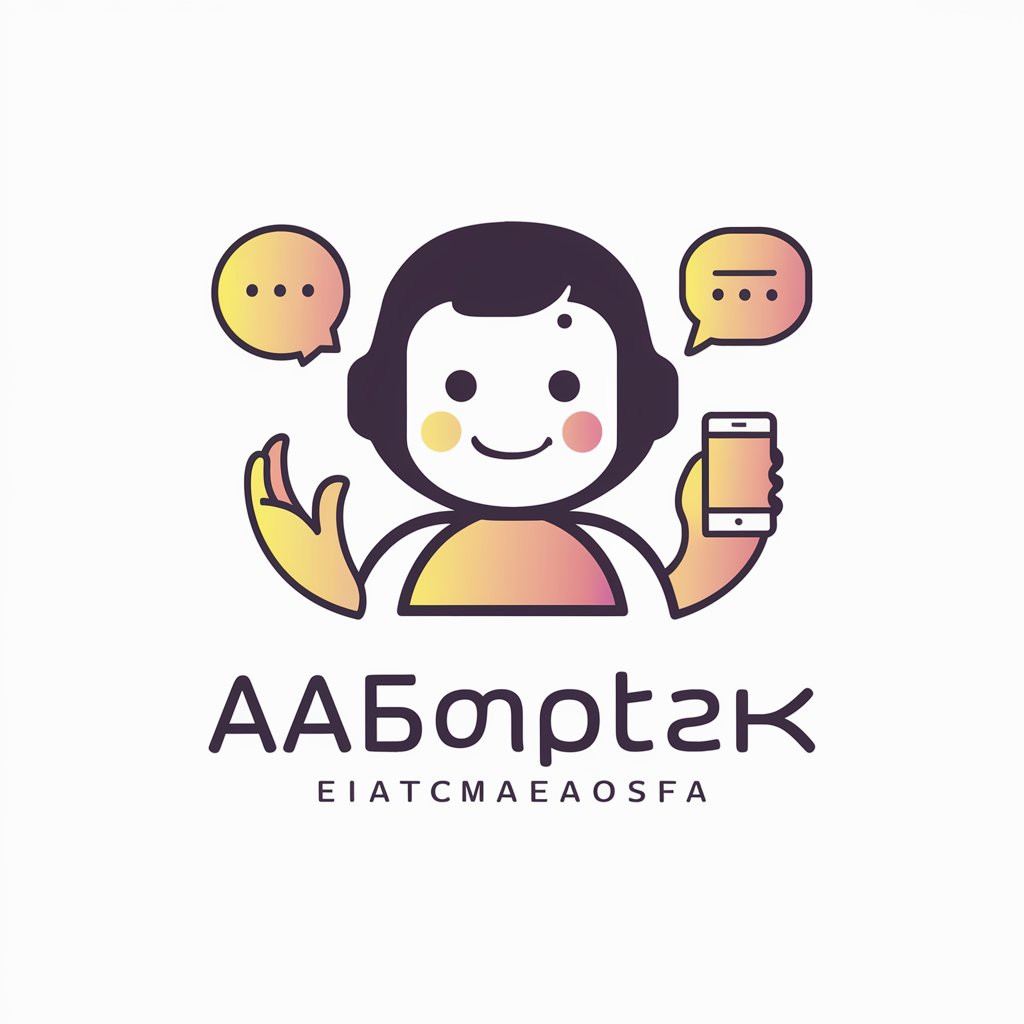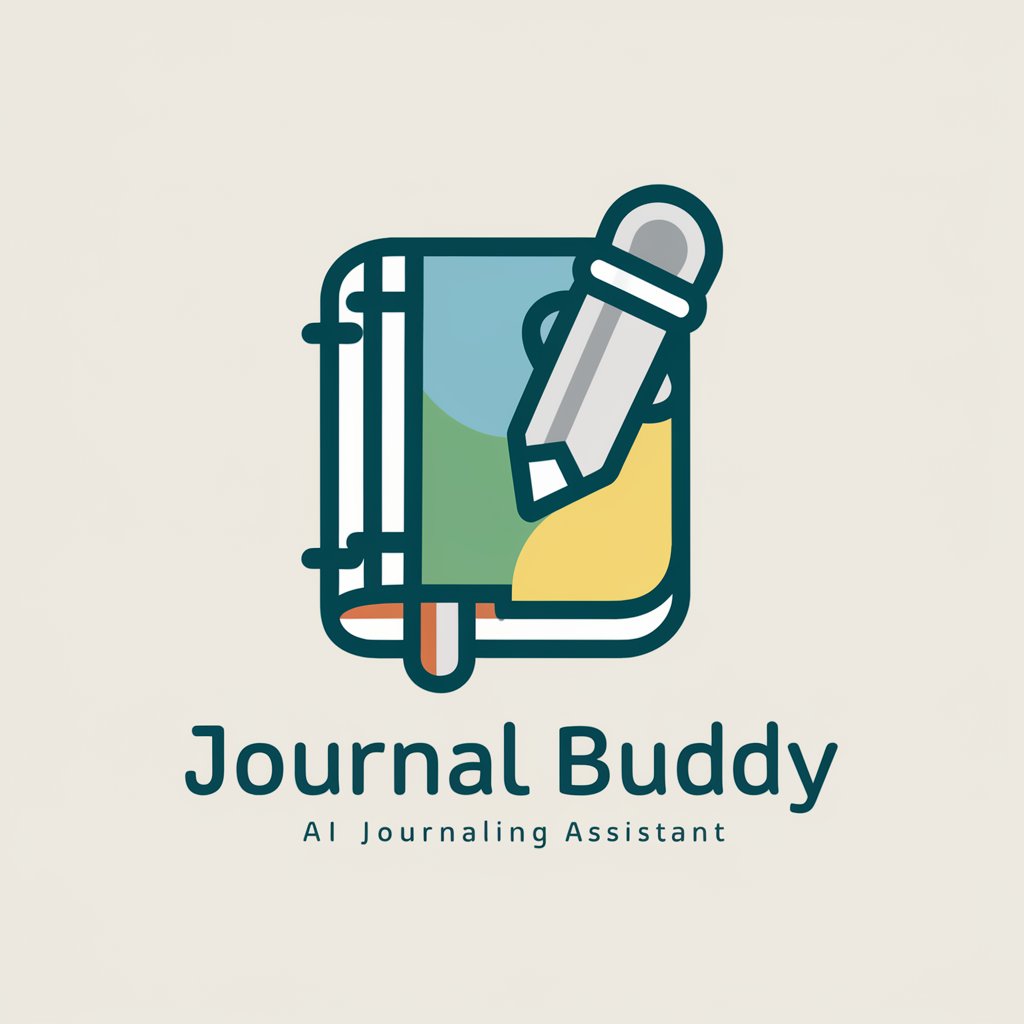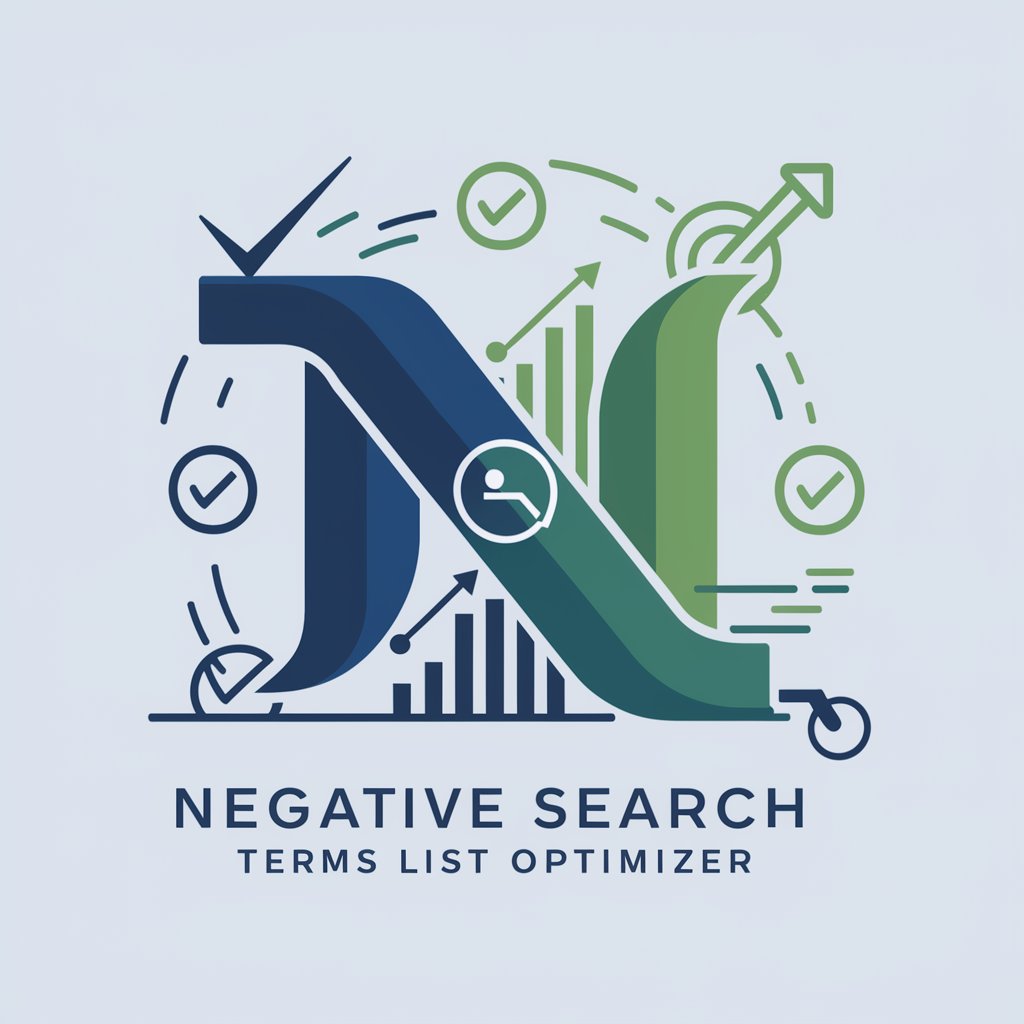Academic translation gpt - Academic Content Translation

Welcome! Let's translate academic AI texts together.
Powering academia with AI translation
Translate the following academic abstract into Chinese:
Please provide a literal translation and a more accurate translation of this AI research paper excerpt:
Convert this technical AI document from English to Chinese, maintaining both literal and accurate translations:
Translate this paragraph from an AI journal, first literally and then with more contextual accuracy:
Get Embed Code
Introduction to Academic Translation GPT
Academic Translation GPT is designed to facilitate the translation of academic content from English into Chinese, focusing on maintaining the integrity and accuracy of specialized terminology and concepts. It goes beyond literal translation by providing contextually appropriate renditions of the text, ensuring that the translated content is both accurate and comprehensible to the target audience. This AI model is particularly adept at handling the nuances of academic language, which often involves complex structures and domain-specific jargon. An example scenario might involve translating a research paper on artificial intelligence from English to Chinese. The model would first offer a direct translation of the text, followed by a more nuanced version that correctly interprets technical terms and phrases according to their accepted usage in the field of study, making the paper accessible to Chinese-speaking scholars. Powered by ChatGPT-4o。

Main Functions of Academic Translation GPT
Literal Translation
Example
Translating 'Convolutional Neural Networks' as '卷积神经网络'
Scenario
Directly converting English academic terms into their Chinese equivalents while preserving the original meaning.
Contextual Refinement
Example
Adjusting translations to fit academic context, e.g., 'deep learning' to '深度学习', ensuring it aligns with the field's terminology.
Scenario
Enhancing the initial translation by considering the context within which terms are used, making them more understandable to experts in the field.
Technical Jargon Interpretation
Example
Interpreting 'backpropagation' in the context of neural networks as '反向传播算法'
Scenario
Providing precise translations of technical terms and methodologies that are key to understanding complex academic discussions.
Cultural and Academic Adaptation
Example
Modifying phrases to better suit the cultural and academic expectations of the target audience, ensuring the translation respects both linguistic and disciplinary norms.
Scenario
Tailoring translations to reflect not only the linguistic aspects but also the cultural and academic standards of the target audience.
Ideal Users of Academic Translation GPT Services
Academic Researchers
Scholars and researchers who are engaging with international literature or publishing their work in multiple languages. They benefit from precise translations that maintain the integrity of their original research while making it accessible to a wider audience.
Students
Students pursuing higher education or research in fields where primary literature is often in English. They can use the service to understand complex material in their native language, aiding their learning and research endeavors.
Educational Institutions
Universities and research institutions that aim to make academic content more accessible to non-English speaking students and scholars. This can enhance their international collaboration and educational offerings.
Publishers and Journals
Academic publishers and journals looking to expand their audience by offering content in multiple languages. The service ensures that translations meet the high standards required for academic publishing.

How to Use Academic Translation GPT
Initiate a Free Trial
Visit yeschat.ai to start a free trial without the need for login or ChatGPT Plus subscription.
Identify Your Needs
Determine the specific academic content you wish to translate, such as papers, articles, or abstracts.
Prepare Your Document
Ensure your document is in a compatible format and ready for translation. Plain text or editable documents are preferred.
Input and Translate
Copy and paste your text into the provided field on Academic Translation GPT and select the 'Translate' option.
Review and Edit
Carefully review the translated document for accuracy and make any necessary adjustments for context or clarity.
Try other advanced and practical GPTs
アダチさん7号(簡易版AIよろず相談篇)
Empathetic AI for Personalized Advice

Powder Pal
Elevate Your Slopes Game with AI

ExcelGPT
Streamline Spreadsheets with AI Precision

Video to Gif
Transform videos into GIFs effortlessly with AI.

DIY Cosmetics Chemist
Empowering Natural Beauty Innovators

Devil’s Advocate
Challenge Your Perspectives with AI

Life Pro Tips
Empowering Your Decisions with AI

Journal Buddy
Transforming thoughts into legacy.

Smartphone Video Mentor
Elevate Your Smartphone Videos with AI

Negative Search Terms List Optimizer
Streamline Your Ads with AI-Powered Precision

Beauty Doc
Empowering beauty with AI-driven advice

Crypto Analyst Daily
Empowering crypto decisions with AI-driven insights.

FAQs about Academic Translation GPT
What types of academic documents can Academic Translation GPT translate?
Academic Translation GPT can translate a wide range of academic documents, including research papers, articles, thesis abstracts, and conference proceedings.
Is there a word limit for translations?
While there's no strict word limit, longer documents may require more time for translation and review for accuracy.
How accurate is the translation?
The translation accuracy is high, but it's recommended to review translated texts for specialized terms and context.
Can it translate into multiple languages?
Currently, the primary focus is on translating academic English into Chinese, but future updates may include more languages.
Are there any tips for ensuring the best translation quality?
Yes, providing clear and contextually rich documents helps. Avoid idiomatic expressions that don't translate well.
